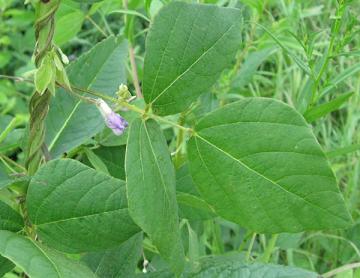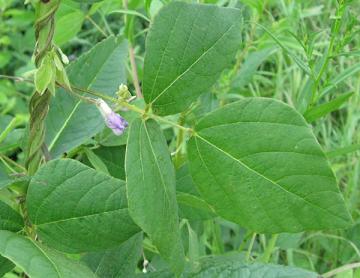Hog Peanut - Amphicarpaea bracteata
Hog Peanut - Amphicarpaea bracteata
Couldn't load pickup availability
Amphicarpaea Bracteata, aka Ground Bean or Hog Peanut, is a very appealing plant, both for its edible “tuber”, which is actually a fleshy, buried seed that is both delicious and plentiful and for its usefulness as a nitrogen-fixing ground cover, in combination with other woodland plants. The buried seeds furthermore require very little preparation besides washing and can be cooked in just a few minutes.
Cultivation: Very easy to grow, in a rich, sunny to a partially shady spot. It can even get a bit invasive. It’s a climber, but it is also happy growing close to the ground (where it needs to be to bury its seeds), climbing on the occasional taller plant. Easy to control if it spreads too far by simply digging up the "tubers" and eating them. It emerges later than many woodland cousins and can, therefore, be a useful companion plant, covering soil and preserving moisture during the summer.
Food preparation: Both types of seeds are edible, but by far the best one is the underground pod, a single seed covered with a thin skin (which easily slips off, if desired, but is perfectly edible, bottom seeds in the picture below are peeled). The aerial seeds are also edible or can be harvested and sown, but they are tiny and not really worth bothering with.
Ethnobotany: Widely used by native tribes within its range. It was considered by the Osage to be one of the four sacred plants (along with American Lotus, Arrowhead, and Groundnut), central to both their culinary practices and their spiritual life (Swan, 2010). This makes perfect sense since these four plants remain the most useful native perennial vegetables to know and grow, and perhaps even to renew a spiritual connection with.
Notes:
Swan, Daniel. 2010. "The North American Lotus (Nelumbo lutea Willd Pers.) - Sacred Food of the Osage People" Ethnobotany Research & Applications [Online], 8 23 Nov 2010.
http://lib-ojs3.lib.sfu.ca:8114/index.php/era/article/view/496/297
Share


